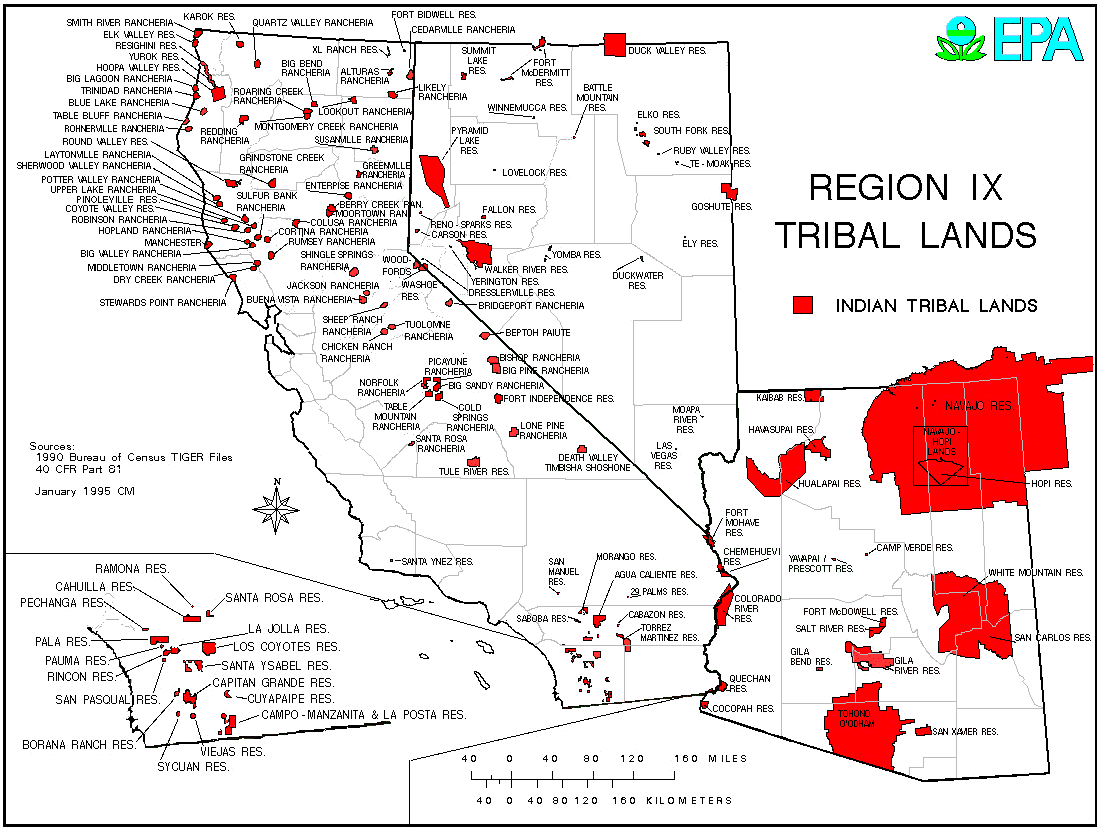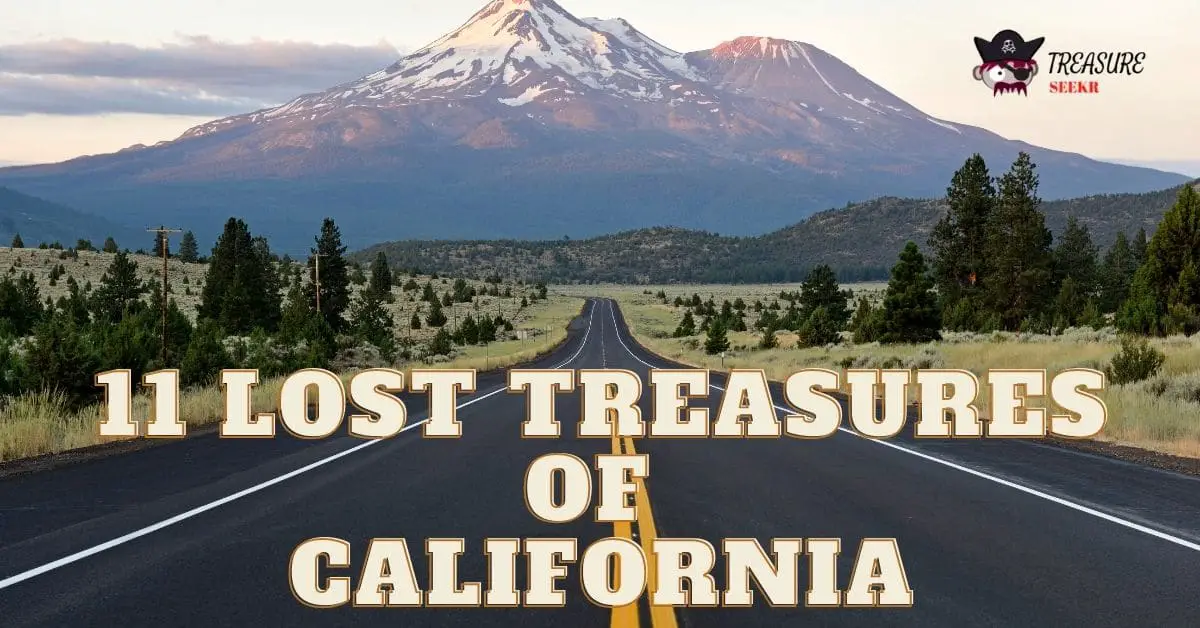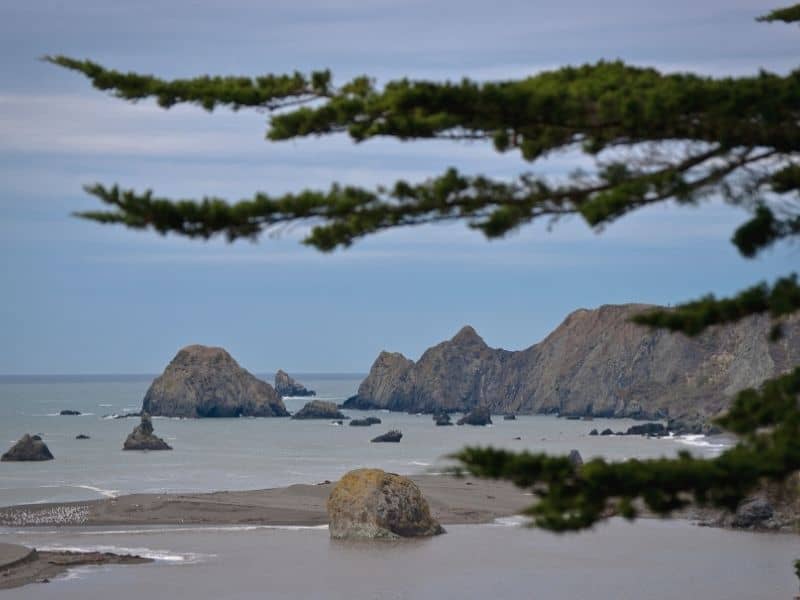California’s Hidden Treasures: Exploring the State’s Vibrant Indian Reservations
California’s Hidden Treasures: Exploring the State’s Vibrant Indian Reservations

California, a land of sunshine, beaches, and Hollywood glamour, is also home to a rich and complex Native American history. Scattered across the state are 11 federally recognized Indian reservations, each a unique microcosm of culture, tradition, and resilience.
These reservations aren’t just historical remnants; they’re vibrant communities thriving today. They offer a glimpse into a world that’s often overlooked, brimming with captivating stories, breathtaking landscapes, and captivating cultural experiences.
Related Articles: California’s Hidden Treasures: Exploring the State’s Vibrant Indian Reservations
- Uncover the Navajo's Ancient Wisdom and Stunning Landscapes
- Unveiling the Enriching Legacy of Native American Tribes in Colorado Springs
- Unveiling the Secrets of Hunting on Indian Reservations in Montana
- Unveiling the Enigmatic World of Indian Tribes in Southern New Mexico: A Journey of Discovery
- Unearth the Secrets of Blackfoot Legacy in Virginia
A Brief History: From Ancestral Lands to Reservations
For millennia, California was a tapestry of diverse Native American tribes, each with its own language, customs, and intricate relationship with the land. From the coastal Chumash, renowned for their intricate shell carvings, to the inland Miwok, known for their basketry and fishing skills, California’s indigenous people were a vital part of the state’s ecosystem and cultural fabric.
However, the arrival of European settlers in the 18th century brought about a devastating change. The California Gold Rush, fueled by the promise of riches, triggered a wave of violence and displacement. Native American populations plummeted, their traditional ways of life disrupted, and their ancestral lands taken.
The federal government, in an attempt to manage the situation, established reservations, designated areas where Native Americans were confined. These reservations were often desolate, lacking resources, and far removed from the traditional lands where tribes had thrived for generations.
More Than Just History: California’s Reservations Today
Despite the historical hardships, California’s Indian reservations have persevered. They’ve become centers of cultural preservation, economic development, and community building. Each reservation boasts a unique story, reflecting the individual struggles and triumphs of its people.
A Glimpse into the Diverse Landscape:
- The Cabazon Band of Mission Indians: Located near Palm Springs, the Cabazon reservation is renowned for its stunning desert landscape. It’s home to the iconic Morongo Casino, a major economic engine for the tribe. But beyond the casino, Cabazon offers a glimpse into traditional culture through its annual powwow and cultural center.
- The Pala Band of Mission Indians: Situated in the heart of San Diego County, the Pala reservation is known for its beautiful scenery, rolling hills, and vineyards. The tribe has successfully developed its own wine industry, producing award-winning wines that showcase the region’s unique terroir.
- The Pechanga Band of Luiseno Indians: Nestled in the foothills of the Temecula Valley, Pechanga is a vibrant community with a strong sense of identity. The tribe’s commitment to education is evident in its impressive Pechanga Resort Casino, which features a world-class spa, golf course, and entertainment complex.
- The Yurok Tribe: Located on the rugged northern coast of California, the Yurok reservation is a haven for nature lovers. The tribe has actively worked to preserve its ancestral lands, protecting the Redwood forests and the pristine Klamath River, a vital part of Yurok cultural heritage.
- The Tule River Indian Tribe: In the heart of the Sierra Nevada foothills, the Tule River reservation is home to a strong community spirit. The tribe has faced many challenges, but it has persevered, fostering cultural traditions and striving for economic self-sufficiency.


Beyond the Reservations: A Legacy of Resilience
California’s Indian reservations are not just isolated communities; they’re integral parts of the state’s cultural tapestry. They contribute to the state’s economy, its artistic landscape, and its overall diversity.
- Economic Development: Many reservations have embraced economic development, creating jobs and generating revenue through casinos, tourism, and other ventures. This economic growth has empowered tribes to invest in education, healthcare, and community infrastructure.
- Cultural Preservation: Reservations are crucial for preserving Native American languages, traditions, and cultural heritage. From traditional dances and storytelling to art and craft workshops, they offer a window into the rich cultural heritage of California’s indigenous people.
- Environmental Stewardship: Many tribes are at the forefront of environmental stewardship, advocating for the protection of natural resources and promoting sustainable practices. They recognize the interconnectedness of the land, water, and their cultural identity.

Exploring California’s Reservations: A Journey of Discovery
Visiting California’s Indian reservations is a transformative experience. It’s a chance to:
- Connect with history: Walk the trails, visit museums, and listen to stories that connect you to the past.
- Experience vibrant cultures: Attend powwows, witness traditional dances, and learn about the rich artistic traditions of each tribe.
- Support local businesses: Shop for unique crafts, dine at tribal restaurants, and contribute to the economic well-being of the community.
- Gain a deeper understanding: Engage in conversations with tribal members, listen to their perspectives, and challenge your own preconceptions.
Navigating the Reservations: Respect and Sensitivity
When visiting a reservation, it’s crucial to approach with respect and sensitivity. Remember:
- Ask for permission: Before taking photos or videos, ask for permission from the tribe or individuals involved.
- Dress appropriately: Avoid revealing clothing or attire that might be considered disrespectful.
- Be mindful of language: Avoid using derogatory terms or stereotypes.
- Support local businesses: Spend money at tribal businesses, supporting the local economy.
- Be a respectful visitor: Follow the rules and guidelines set by the tribe.
FAQ about Indian Reservations in California:
Q: Are Indian reservations sovereign nations?
A: Yes, Indian reservations are considered sovereign nations under the U.S. Constitution. They have the right to self-govern, manage their own affairs, and make laws within their territories.
Q: Can I visit an Indian reservation?
A: Most reservations welcome visitors, but it’s important to check with the tribe for specific guidelines and policies.
Q: What are the best ways to learn about California’s Native American history?
A: Visit museums, attend cultural events, read books and articles, and engage in conversations with tribal members.
Q: How can I support California’s Indian tribes?
A: Visit reservations, purchase tribal crafts, donate to tribal organizations, and advocate for their rights.
Q: What are some of the challenges faced by California’s Indian tribes?
A: Challenges include poverty, lack of access to healthcare, environmental degradation, and cultural assimilation.
California’s Indian reservations are more than just geographical locations; they’re living testaments to resilience, cultural richness, and a deep connection to the land. They offer a unique opportunity to learn, connect, and celebrate the vibrant tapestry of California’s Native American heritage.

Closure
Thus, we hope this article has provided valuable insights into California’s Hidden Treasures: Exploring the State’s Vibrant Indian Reservations. We thank you for taking the time to read this article. See you in our next article!